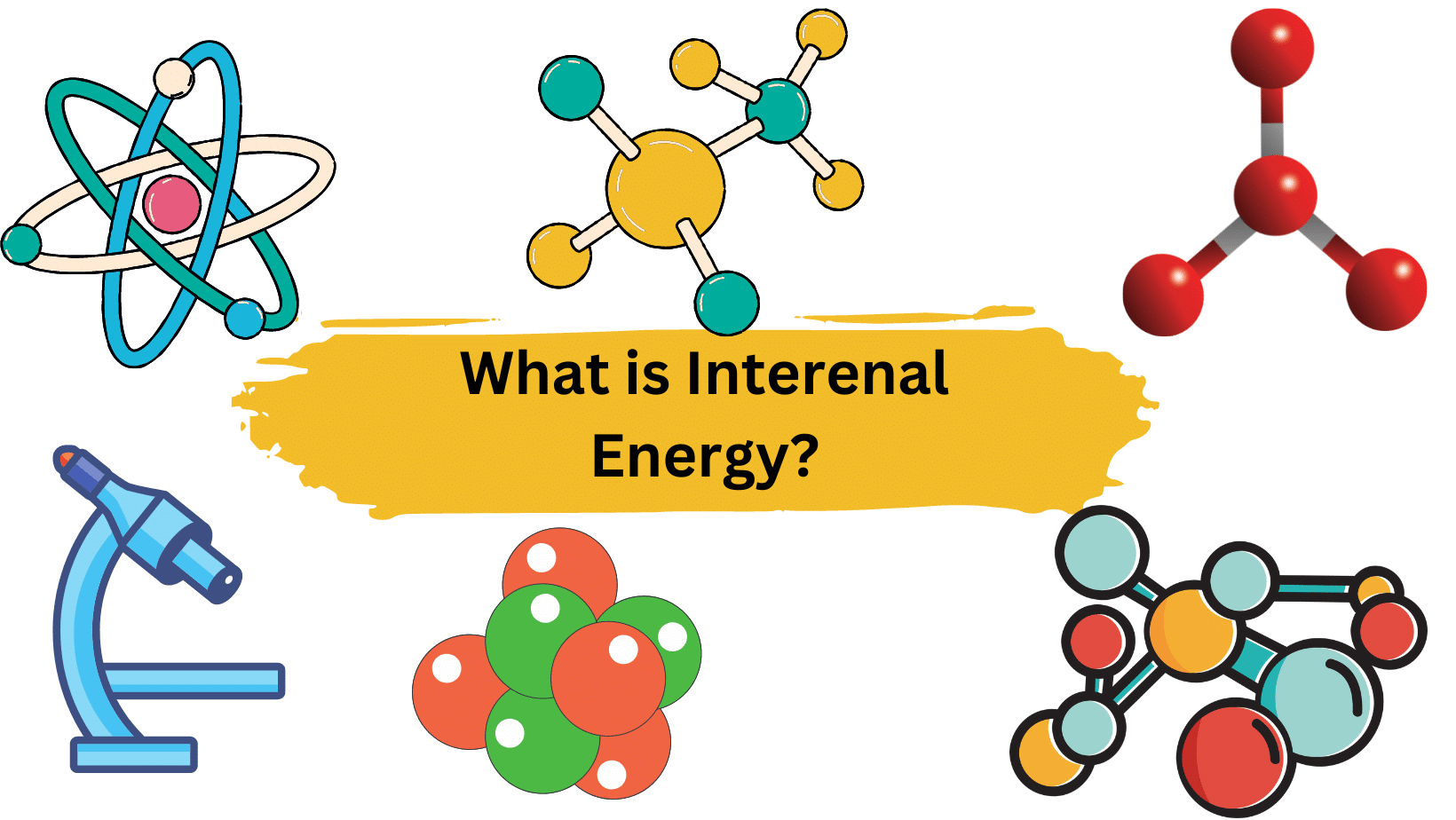The electric flux of an electric field is a measure of the number of electric field lines passing through an area. The greater the area, the more field lines pass through it, and thus the greater the flux; similarly, the greater the electric field, the greater the flux. However, if the area is rotated so that the plane is aligned with the field lines, no field lines will pass through and there will be no flux.
The Electric Flux across a surface A is calculated by taking the dot product of the electric field and the area vectors E and A. The product of two vectors’ magnitudes multiplied by the cosine of the angle between them is equal to the product of their magnitudes multiplied by the cosine of the angle between them.
Electric Flux (ΦE) = E × A× cos θ
Where,
- E represents the magnitude of the electric field.
- A denotes the area of the surface through which the electric flux is to be determined.
- θ is the angle formed by the plane and an axis parallel to the direction of the flow of the electric field.
Electric field lines crossing through a specific area’s surface are thus determined by three factors:
- The Strength of the Electric Field
- Area of Surface
- Surface orientation in relation to force lines.
Table of Contents
Daily Life Examples of Electric Flux
| Example | Description |
|---|---|
| Capacitors | Electronic devices that store electric charge; amount of charge they can store is proportional to the electric flux passing through them. |
| Electric motors | Use electric flux to convert electrical energy into mechanical energy; create a magnetic field that interacts with electric current passing through them. |
| Solar panels | Use electric flux to generate electricity from sunlight; contain photovoltaic cells that convert sunlight into electrical energy. |
| Lightning | Natural phenomenon that occurs when there is a large buildup of electric charge in the atmosphere; electric flux generated creates a strong electric field that produces a lightning bolt. |
| Electric generators | Use electric flux to convert mechanical energy into electrical energy; create a changing magnetic field that induces an electric current in a coil of wire. |
| Electric circuits | Used to control the flow of electric current in electronic devices; behavior governed by principles of electric flux and laws of electromagnetism. |
Properties of Electric Flux Lines
Flux Lines are lines of force that exist around a charge and have the following properties:
- Flux lines commonly begin positively charged and end negatively charged.
- The intensity of the electric field is determined by the number of flux lines.
- All of the flux lines are parallel to one another.
Electric Flux Density
Electric flux density is the amount of flux that passes through a unit surface area in a space imagined at right angles to the direction of the electric field. The electric field at a point is expressed as

Where Q is the charge of the body that generates the field. R is the distance between the point and the charged body’s center.
Summary
- Electric flux is the measure of the total number of electric field lines passing through a given surface.
- The SI unit of electric flux is volt-meter (V·m) or Newton meter squared per Coulomb (N·m²/C).
- Gauss’s law states that the total electric flux through any closed surface is proportional to the net electric charge enclosed within that surface.
- The formula for electric flux through a surface is Φ = E · A · cos(θ), where Φ is the electric flux, E is the electric field strength, A is the area of the surface, and θ is the angle between the electric field and the normal to the surface.
- The net electric flux through a closed surface can be calculated by finding the total charge enclosed within that surface and multiplying it by the electric constant (ε₀).
- Electric field is a vector quantity that represents the strength and direction of the electric force at a given point, while electric flux is a scalar quantity that represents the total number of field lines passing through a given surface.
- The electric flux through a closed surface can be negative if the electric field lines pass through the surface in a direction opposite to the normal direction of the surface.
Exams Related Questions
| # | Question | Answer |
|---|---|---|
| 1 | What is electric flux? | Electric flux is the measure of the total number of electric field lines passing through a given surface. |
| 2 | What is the SI unit of electric flux? | The SI unit of electric flux is volt-meter (V·m) or Newton meter squared per Coulomb (N·m²/C). |
| 3 | What is Gauss’s law for electric flux? | Gauss’s law states that the total electric flux through any closed surface is proportional to the net electric charge enclosed within that surface. |
| 4 | What is the formula for electric flux through a surface? | The formula for electric flux through a surface is Φ = E · A · cos(θ), where Φ is the electric flux, E is the electric field strength, A is the area of the surface, and θ is the angle between the electric field and the normal to the surface. |
| 5 | How can you calculate the net electric flux through a closed surface? | The net electric flux through a closed surface can be calculated by finding the total charge enclosed within that surface and multiplying it by the electric constant (ε₀). |
| 6 | What is the difference between electric field and electric flux? | Electric field is a vector quantity that represents the strength and direction of the electric force at a given point, while electric flux is a scalar quantity that represents the total number of field lines passing through a given surface. |
| 7 | Can the electric flux through a closed surface be negative? | Yes, the electric flux through a closed surface can be negative if the electric field lines pass through the surface in a direction opposite to the normal direction of the surface. |
| 8 | What is the significance of electric flux in electromagnetism? | Electric flux is an important concept in electromagnetism as it helps to understand the behavior of electric fields and how they interact with charges and conductors. It is also used in various applications, such as in the design of electrical circuits and in the study of electromagnetic radiation. |
More Links
Magnetic Flux-Definition, Unit, and Properties
Magnetic Permeability
Current Density| Definition, and Formula
Electric Susceptibility| Definition and Simple Explanation
Eddy Current- Definition- Easy Words
Electric Field of Sphere of Uniform Charge
Power Units- The Basics
- BCl3 Lewis Structure in four simple steps - November 1, 2023
- PH3 Lewis Structure in four simple steps - October 8, 2023
- PF3 Lewis structure in four simple steps - September 24, 2023



